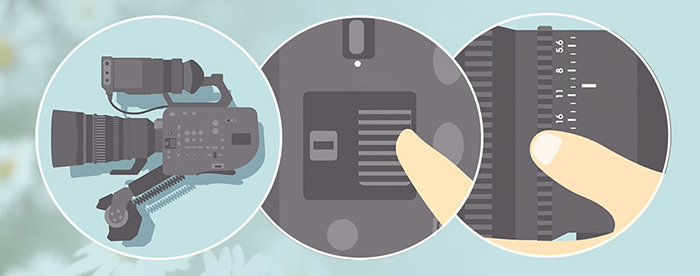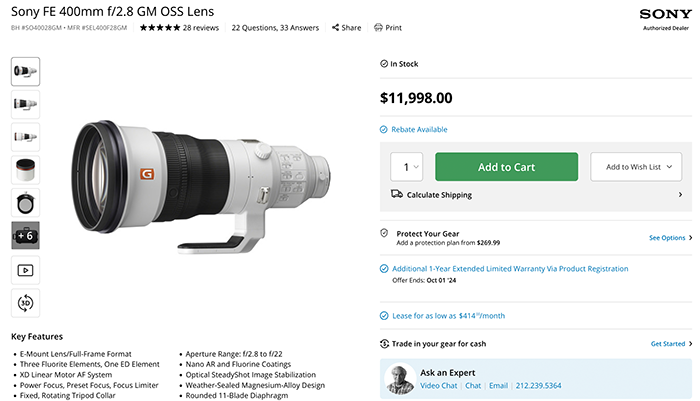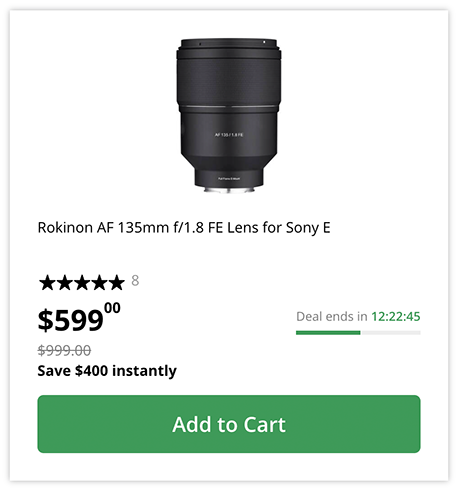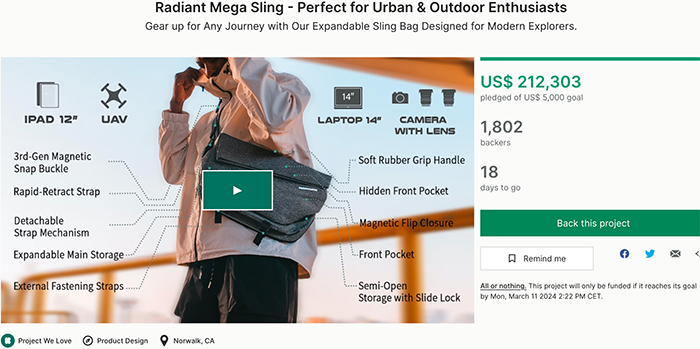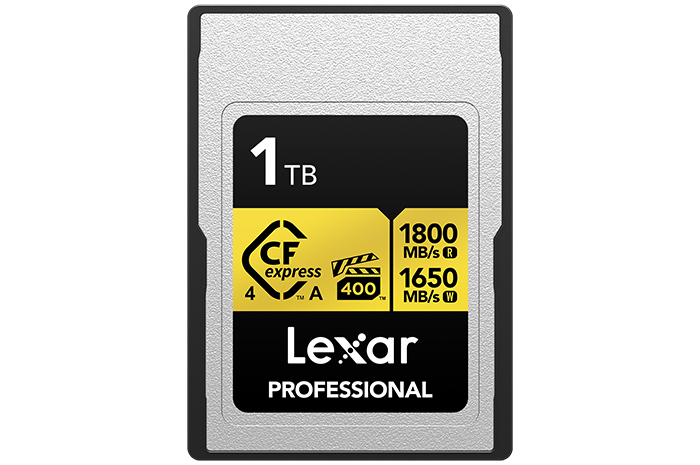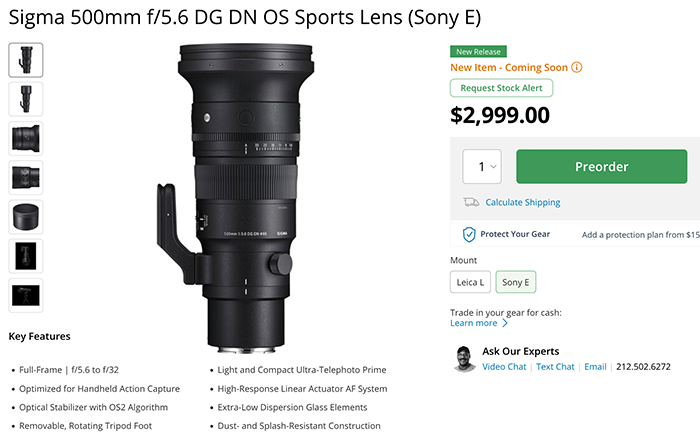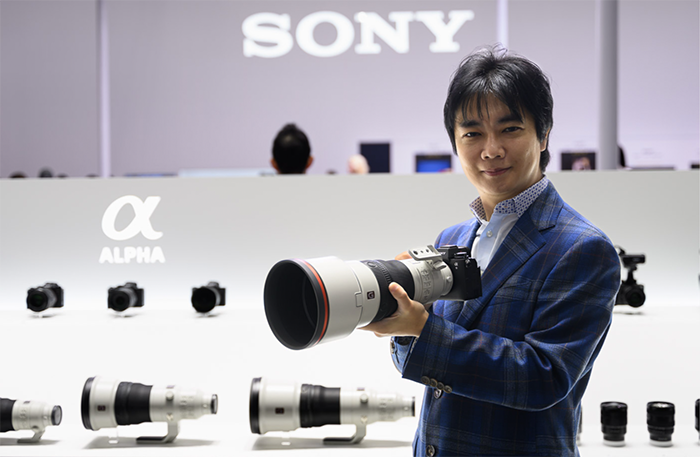
The french magazine Phototrend interviewed Mr. Yu Takae, Senior Manager in charge of ILC product planning at Sony Corp. Here is a summary made by Asobinet (google translated):
How was Global Shutter developed? Will more Sony cameras be equipped with this type of global shutter sensor in the future?
- Global shutter image sensors are already a mass-produced technology for industrial applications.
- Most of our efforts were focused on product development that achieves high image quality with global shutter image sensors. This is a big difference compared to industrial use, and was the most difficult point for Sony to overcome.
- The architecture for realizing a global shutter performs A/D conversion in parallel with pixels. By locating an A/D converter and memory within each pixel, image distortion due to readout time lag is eliminated.
- Regarding future cameras, I will refrain from commenting.
During testing, I noticed that the ISO performance of the α9 III was not as good as some modern cameras. Could you please explain the reason?
- With common specifications in mind, we designed the characteristics of the image sensor and optimized image quality accordingly.
- In fields that require a high-speed shutter such as sports photography, especially at medium and high sensitivities, it exhibits noise performance equivalent to the previous model α9 II, which does not have a global shutter.
- Furthermore, when shooting still images, the camera is equipped with a new “Composite RAW” function that allows up to 32 RAW images to be superimposed, allowing shooting with reduced digital noise.
- The adoption of a global shutter sensor enables distortion-free shooting, allowing you to explore new possibilities for video expression in a variety of shooting situations.
- It can be used in harsh situations such as sports photography that requires continuous shooting speeds of up to 120 frames per second, and commercial photography and wedding photography that use high-speed flash synchronization, expanding the creative possibilities of photographers.
Is the α9 III an attractive product for videographers?
- In fact, we have heard requests from people who want to use the α9 III for video and to create images that can only be achieved with global shutter.
- We hope that it will be used in various fields of video in the future.
Is the α9 III’s BIONZ XR processor the same as other models?
- I can’t tell you the details of the processor, but the processing power is several times faster than the previous generation BionZ X.
- Ultra-high-speed playback is possible, demonstrating the performance of the new global shutter image sensor.
- Blackout-free continuous shooting is also possible at 120 frames per second. Sensitivity and image quality performance has also been improved.
Nikon uses dual stream technology in the Z 9 to avoid blackouts during burst shooting. Does Sony use similar technology?
- We refrain from mentioning the technology of other companies’ products.
- The Sony α9, released seven years ago in 2017, was already equipped with blackout-free shooting technology.
- This technology was not possible with digital single-lens reflex cameras, and was the impetus for top professionals to switch to Sony products.
- The technology required to achieve seamless shooting within the viewfinder is extremely advanced, so I cannot comment on it in detail.
Recently, a reader pointed out that “Sony cameras are like video cameras that can also take still images.”
- In recent years, Sony has focused on improving video performance to meet new demands.
- However, the development of photographic performance has not stopped; on the contrary, it is accelerating.
- The result was the α9 III, which revolutionized the field of photography.
- The α1 is also used by top professional photographers around the world to photograph international sporting events.
In recent years, almost all cameras on the market have provided excellent image quality. How does Sony stand out within this paradigm?
- Sony always strives to provide the highest image quality, which is highly appreciated by our customers.
- However, demands for improved image quality are increasing day by day.
- Sony hopes to meet these demands by evolving its own image sensors and image processing engines.
E-mount remains the most developed mount for mirrorless cameras. What is the main strategic direction for 2024?
- The mirrorless camera market will continue to grow, and Sony is expected to take the number one position in the global full-frame hybrid camera market in terms of share, number of units, and value by 2024.
- Since launching its first E-mount camera in 2010, Sony has built a strong position in the mirrorless market by continually enhancing its lineup of cameras and lenses.
- In the full-size field, we have always listened to our customers and strived to exceed their expectations, always releasing unique and high-value-added products ahead of our competitors.
- This has resulted in a product lineup that satisfies a wide range of customers, from amateurs to professionals.
- Additionally, the advantage of Sony’s E-mount is that it is a single lens mount that covers full-frame and APS-C for both stills and video, from the Alpha mirrorless to the Cinema series, including the CineAlta VENICE cameras.
- Sony will continue to support a variety of creative activities with a wide range of products.
Last year, Sony announced Creators’ Cloud. One year later, how has the platform achieved?
- A cloud upload function was recently added to Creators’ Cloud.
- From March 2024, α1, α9 III, α7 S III, and α7 IV will also support this function.
- We will continue to improve the functionality of Creators’ Cloud to make it easier to use, and provide it as a service that further enriches creators’ workflows.
Sony announced the 24-50mm F2.8 G. Following the 20-70mm F4, the standard zoom coverage area is complicated.
- This new lens covers focal lengths from 24mm to 50mm, allowing you to capture everyday shots, portraits, videos, and more in high quality and in a size that fits comfortably in a small camera bag.
- By offering both an F4 lens that covers a wider focal length and an F2.8 lens that provides brightness with a limited focal length, it can meet the needs of many users.
AI development is one of the major trends in Sony’s latest bodies, including the α7R V. Learn more about this. Also, how much will it develop in the future?
- AI will focus not only on object recognition, but also on scene analysis and improving the accuracy of auto white balance.
- Furthermore, AI is implemented not only in cameras, but also in creators’ cloud services in the form of cloud AI.
- There are already a variety of ways to use it, such as separating sounds by scene, classifying sounds into voices, environmental sounds, and wind noise for clarity, and using AI not only in cameras but also in the cloud.
–
What are your thoughts about Sony’s stamentes?
